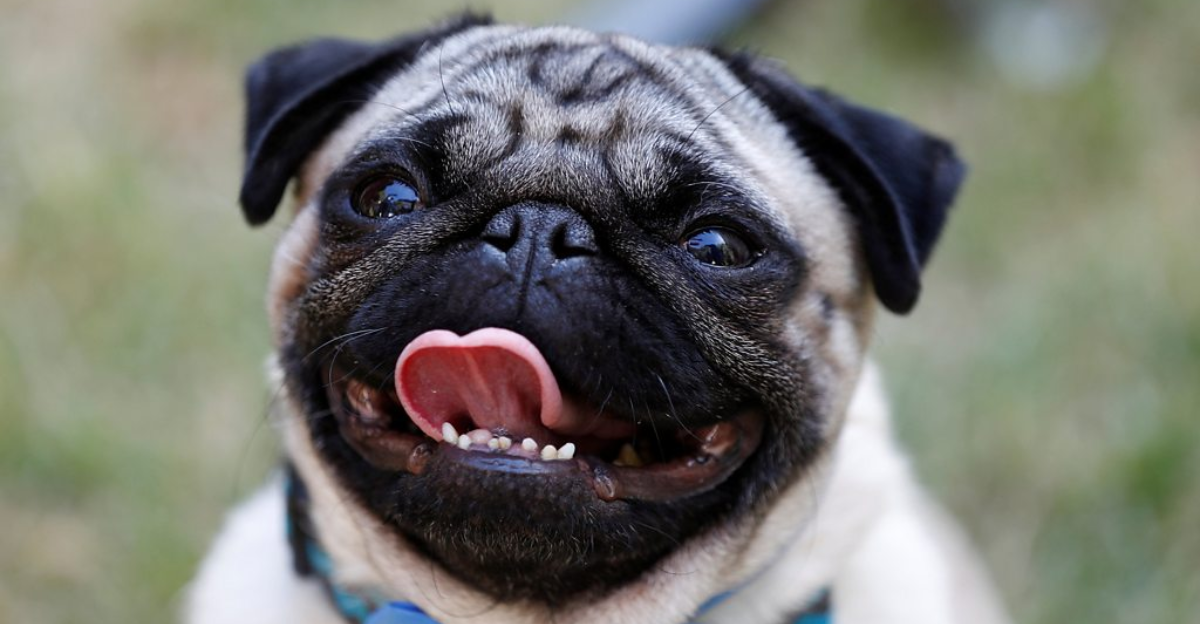
Not every dog breed lives up to its social media and dog-lover hype. While some breeds are adored based on looks or pop culture alone, the reality of owning them as pets is often far more challenging.
With some breeds, lifelong illness, behavioral problems, and plenty of additional care and attention are part of the package. This article looks at eight favorite dog breeds that, popular though they are, might not be the ideal companions they are made out to be.
Whether they are high maintenance, have extensive health problems, or perhaps too much personality, these breeds are a reminder that popularity and suitability do not necessarily go hand in hand.
1. French Bulldog: The Pricey Pup with the Pricey Vet Bill

French Bulldogs have become more popular, often among the most sought-after breeds. With their small stature and endearing faces, they are a city dweller’s dream, perfectly suited to smaller homes and apartments.
However, beneath their adorable exterior lies a myriad of health problems. Brachycephalic syndrome, due to their shortened noses, leads to breathing difficulties, overheating, and a predisposition to contracting numerous respiratory illnesses.
These health issues not only diminish the dog’s quality of life but also result in expensive vet bills. While their appearance is undoubtedly interesting, potential pet parents must be informed about the health problems that this breed is prone to.
2. Goldendoodles: The Designer Dog Dilemma
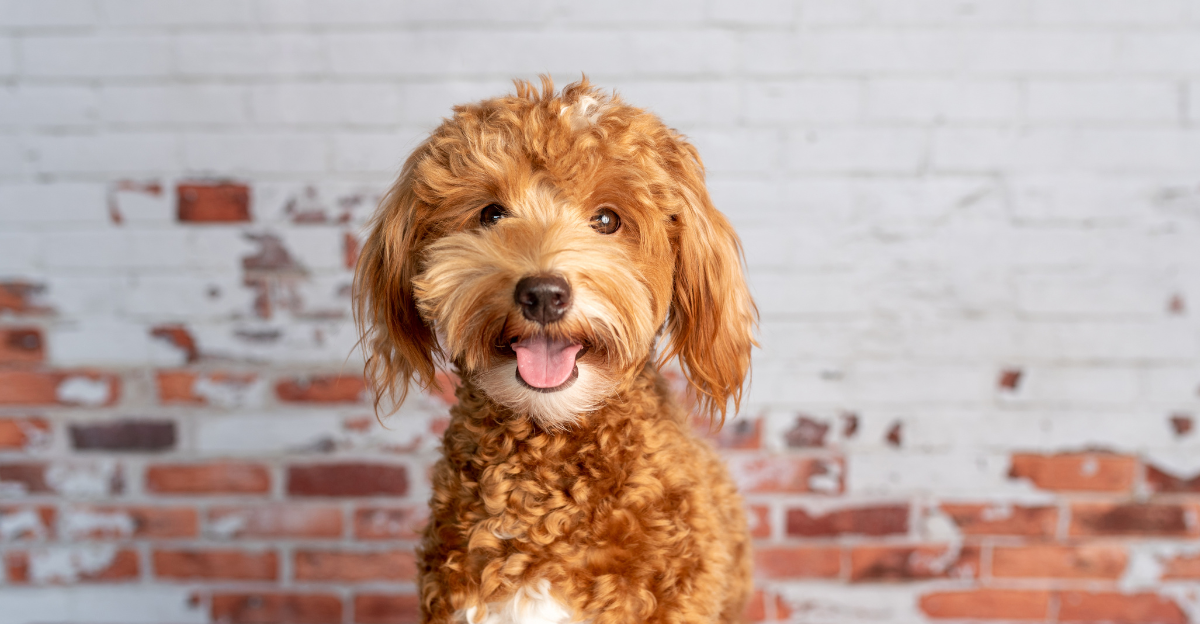
Goldendoodles, a cross between Golden Retrievers and Poodles, were bred to marry the best traits of the two breeds. They were also bred to be hypoallergenic and family-friendly, earning their place as a popular household pet.
However, the reality is not so straightforward. Their coats, while low-shedding, require regular grooming to prevent matting. As for behavior, they can inherit high energy levels, making plenty of exercise and mental stimulation an important requirement for a happy and well-behaved pup.
Further, their popularity resulted in irresponsible breeding, producing inconsistent health and temperament throughout the breed. Therefore, prospective pet parents must be cautious and get them from responsible breeders.
3. Siberian Huskies: The Escape Artists with a Howl
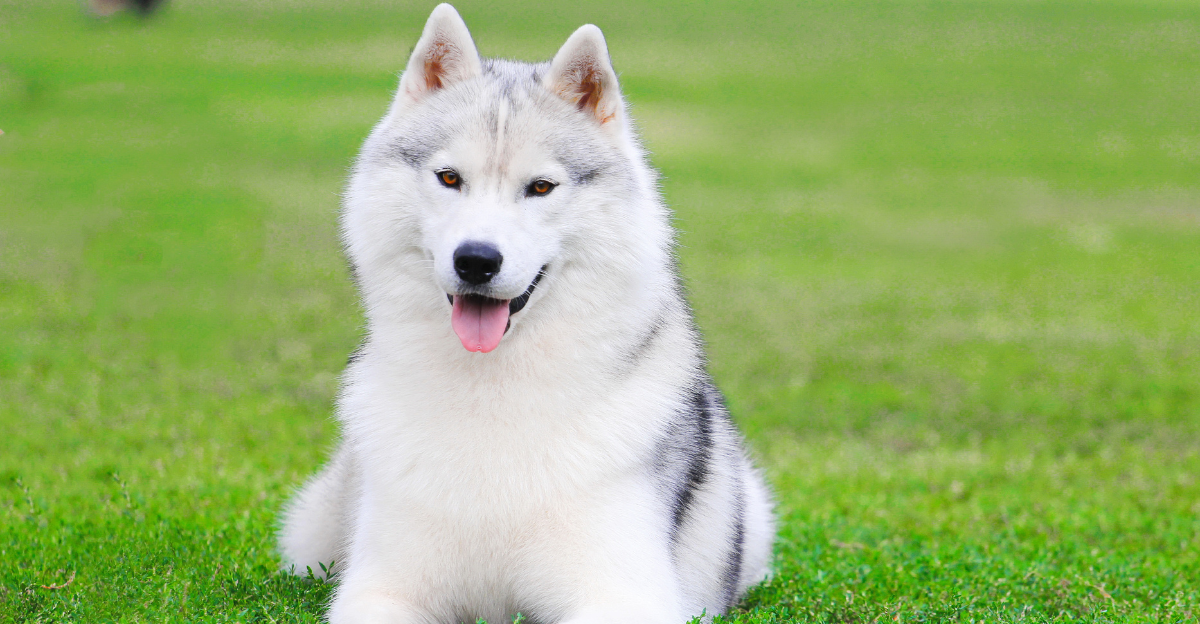
Siberian Huskies are famous for their striking features and unlimited energy. Initially bred for sledding in extremely harsh weather conditions, they have an innate desire to run and discover.
In the home environment, this means a tendency to break out of enclosures and a need for consistent and strict exercise routines. They are also characterized by howling or “talking” noises, which can become disruptive.
Furthermore, their dense double coats shed heavily, particularly during seasonal changes. If not trained and stimulated adequately, Huskies will be destructive. Beautiful though they are, they need committed pet parents who are willing to cater to their special requirements.
4. Chihuahuas: Large Personality in a Little Package
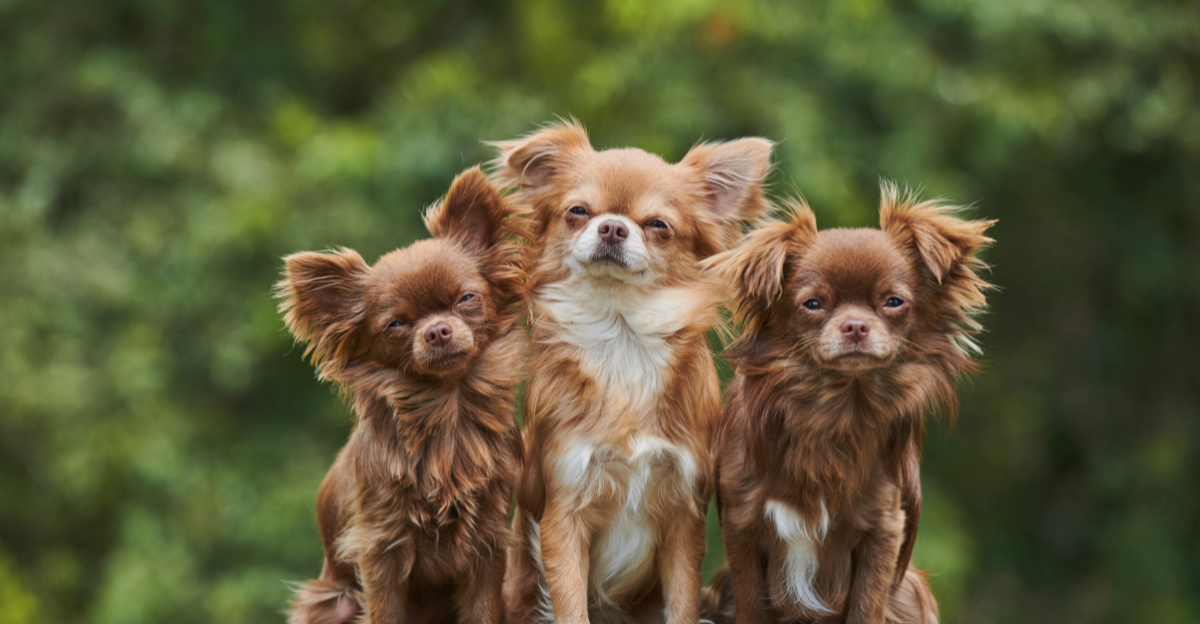
Chihuahuas, the tiniest of canines, often have larger-than-life personalities. Their compact size makes them well-suited to small homes or apartment living, but they can be extremely territorial and tend to bark loudly.
If not socialized early, they may become aggressive toward strangers and other animals. This can cause concern as their delicate bodies also make them prone to injury, especially in households with young children.
In addition, they are a challenging breed to housebreak. While their devotion and loyalty are commendable, potential pet parents must consider the training and socialization required for a balanced Chihuahua.
5. Border Collies: The Workaholics of the Dog World

Border Collies are known for their intelligence and athleticism, often excelling in dog sports and obedience competitions. However, their high energy and constant need for mental stimulation can be daunting to the average pet parent. If not given a “job” or purpose, they can also develop behavioral problems, such as obsessive behaviors and destructiveness.
Their herding nature can also be expressed negatively, such as nipping at people’s heels or trying to herd children and other pets during play. Although they fare well in active families who can provide for them, they may not be suited to quieter lifestyles.
6. Bulldogs: Adorable Faces with Hidden Health Problems
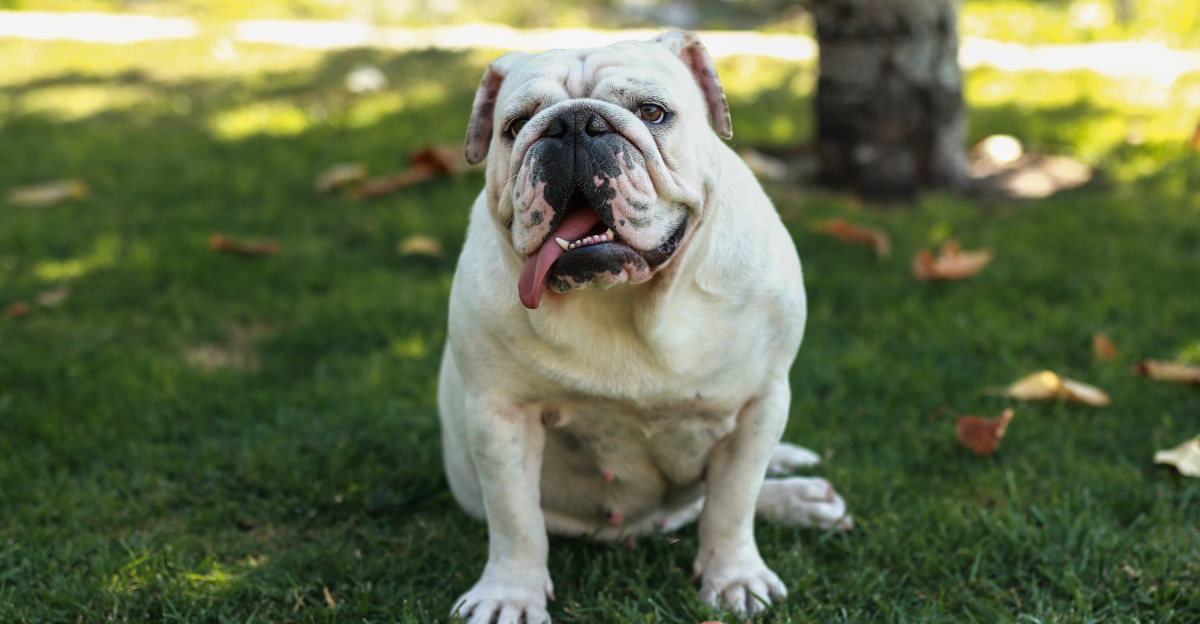
Bulldogs, with their wrinkled, pushed-in faces and small bodies, are very attractive and popular in American households. But these same traits come at a cost.
They are prone to a host of health problems, including respiratory issues due to their brachycephalic skull, skin infections in their folds, and joint problems, such as hip dysplasia. Further, their relatively calm and almost lazy nature also makes them vulnerable to obesity.
Moreover, their reproductive issues also generally necessitate cesarean delivery. While their temperament is usually even-tempered, potential pet parents must be prepared for the health and financial investment this breed requires.
7. Dalmatians: Spots, Energy, and Sensitivities
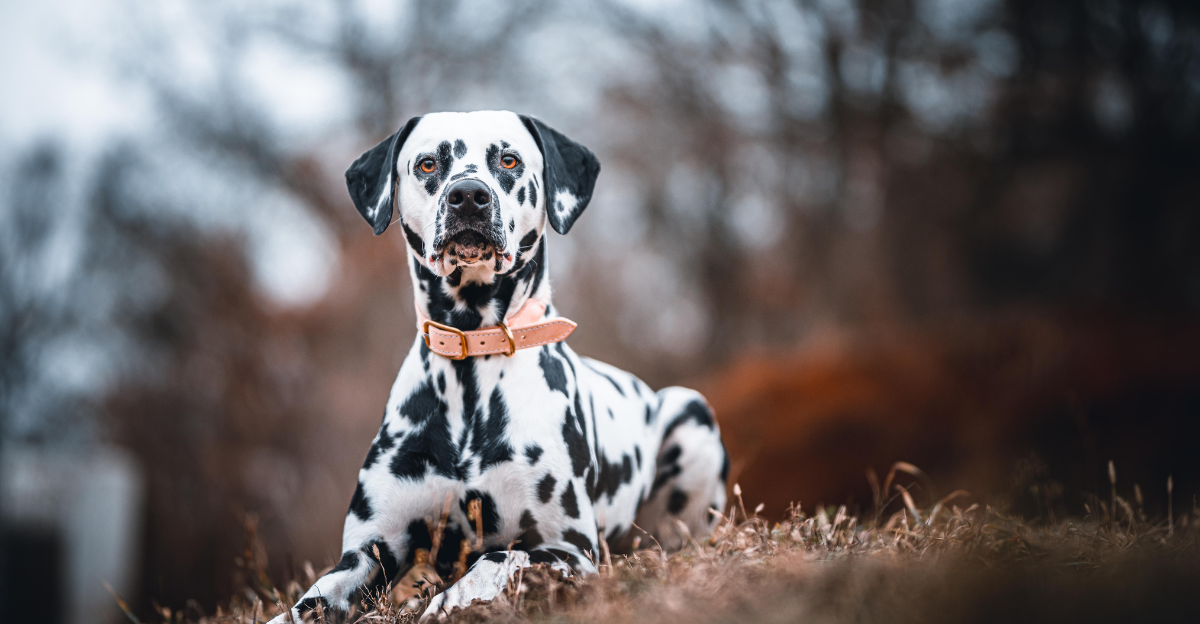
Dalmatians were popularized by movies, especially Disney’s 101 Dalmatians, and their unique spotted coats. However, they are high-energy dogs that require tons of exercise and mental stimulation.
Otherwise, they become destructive and develop behavior issues. They are also renowned for stubbornness, making training activities challenging for new pet parents. Dalmatians also have a genetic predisposition for deafness and urinary stones, so they require regular health check-ups.
Their theatrical appearance has a way of overshadowing such practicalities, creating unfortunate mismatches between owner expectations and the demands of the breed.
8. Chow Chows: The Aloof Aristocrats
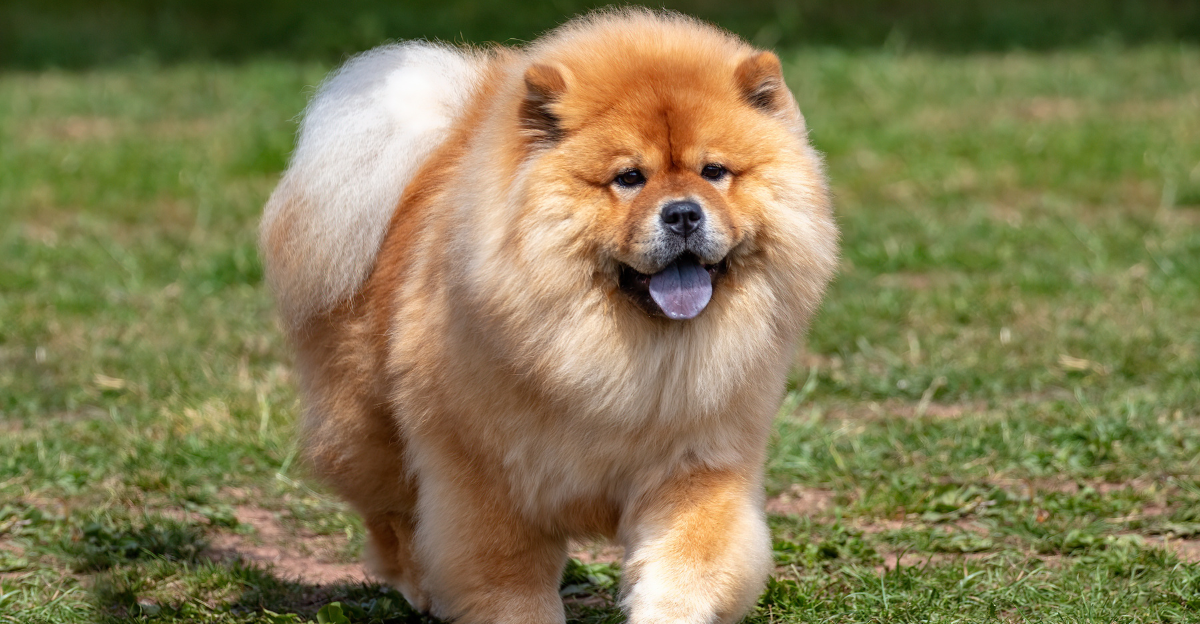
Chow Chows, with their lion-like manes and majestic carriage, project an air of aristocracy. However, they are well known for their aloofness and can be wary of strangers, so early socialization is advisable.
Their independent streak can make training challenging, requiring consistency and patience. Additionally, their thick double coats need regular grooming to prevent matting and skin issues. Therefore, without proper attention to their grooming and training needs, they may develop aggressive tendencies.
Although they are loyal companions, they are best suited for seasoned dog parents familiar with the breed’s quirks and up to the challenge that their maintenance demands.
Beyond the Hype
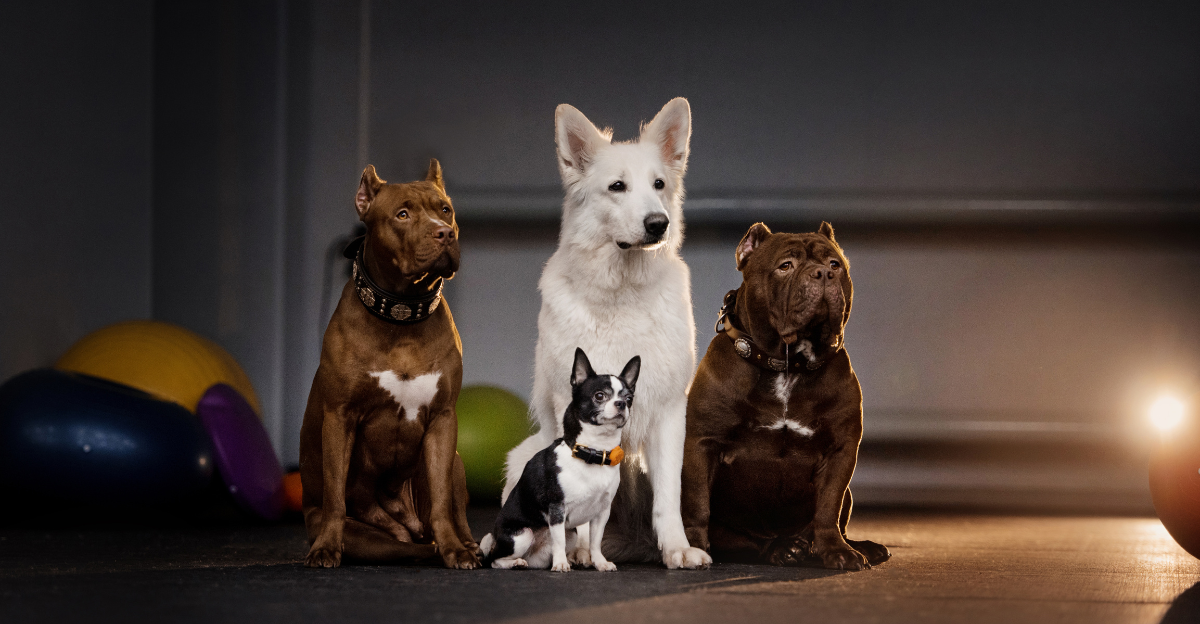
When choosing a dog breed, potential pet parents need to consider more than the dog’s appearance, popularity, and social media footprint. Instead, they need to carefully consider the breed’s daily requirements.
It’s important to remember the breed’s temperament, health predispositions, and upkeep requirements to ensure a harmonious match between pet and pet parent. While the aforementioned breeds have their positives, they also come with challenges that may not be appropriate for every lifestyle.
Prospective pet parents must conduct thorough research, consult with veterinarians or breeders, and determine if they are capable of meeting their dream dog breed’s requirements. By making educated choices, we can promote improved human and canine bonds.
Explore more of our trending stories and hit Follow to keep them coming to your feed!

Don’t miss out on more stories like this! Hit the Follow button at the top of this article to stay updated with the latest news. Share your thoughts in the comments—we’d love to hear from you!







